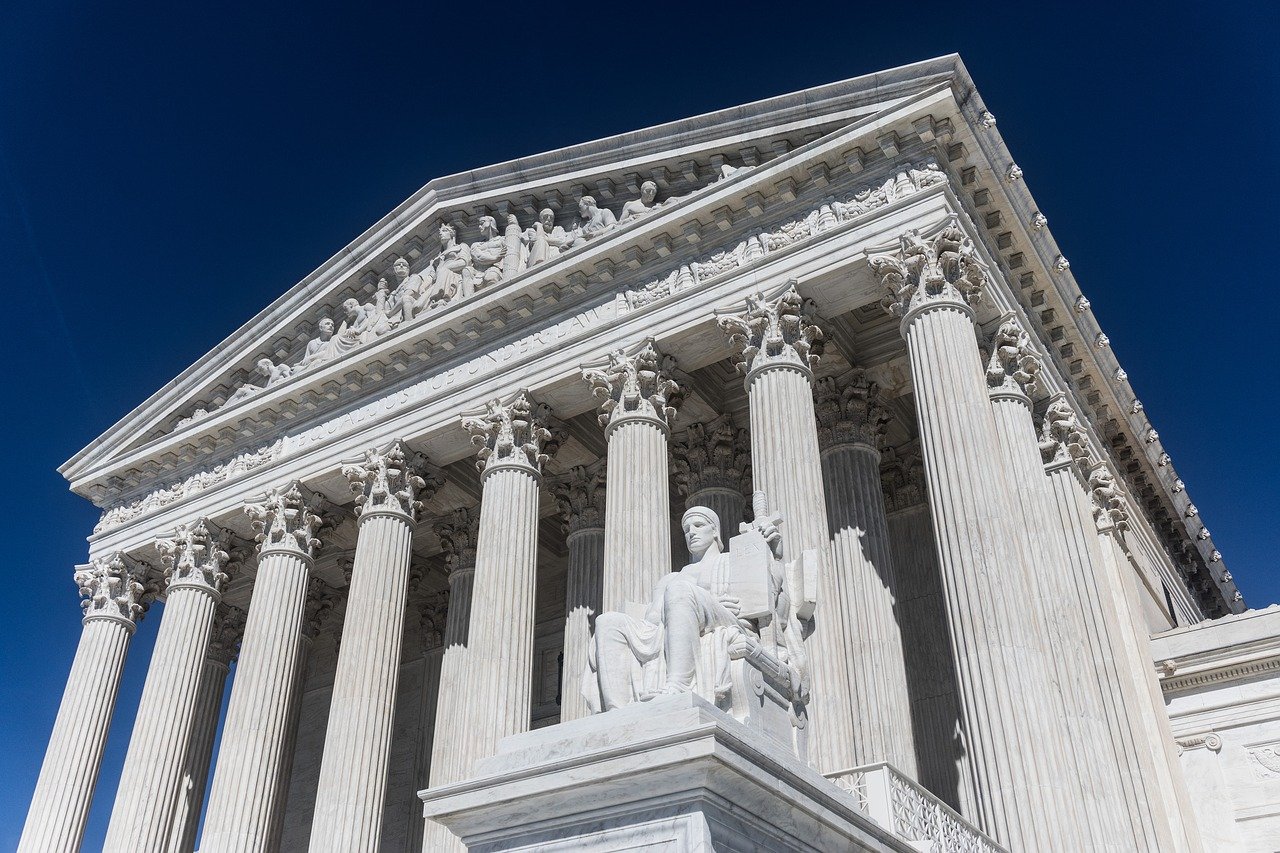The US Supreme Court heard oral arguments Wednesday in cases concerning the statute of limitations in § 1113(2) of the Employee Retirement Income Security Act (ERISA) and Rule 59(e) of Civil Procedure for a motion to alter or amend a judgment.
Intel Corp. Investment Policy Committee v. Sulyma asks the court to determine whether the statute of limitations starts to run when the relevant information is disclosed by a company or when the plaintiff first discovers it. Sulyma formerly worked at Intel and sued the company for allegedly investing retirement funds in violation of § 1104 of the ERISA. Sulyma sued within three years of obtaining actual knowledge of the violation but more than three years after he had constructive knowledge. Intel argues that the documents in issue were posted online more than three years before the action, giving Sulyma constructive knowledge which should count under § 1113(2), which requires “actual knowledge.”
The US Court of Appeals for the Ninth Circuit ruled in October 2018 to overturn the district court’s summary judgement for Intel, and held that actual knowledge is required. The Supreme Court then granted certiorari.
In response to Intel’s argument that receiving the required disclosures alone is enough to provide actual knowledge of the violation, Justice Brett Kavanaugh stated, “Many people don’t read them … how can you say that they have actual knowledge if they haven’t read something?” Justice Ruth Bader Ginsburg added, “I must say I don’t read all the mailings that I get about my investments.”
Ginsburg also noted that there is a separate part of the statute providing a six-year outer statute of limitations without actual knowledge.
It is alleged that the violation by Intel cost hundreds of millions of dollars for beneficiaries of the plan.
In a second case, Gregory Bannister was convicted of assault with a deadly weapon and sentenced to 30 years in prison; he filed a habeas corpus petition and was denied. He then filed a Rule 59(e) motion to amend or alter the district court judgment, pointing out errors in the denial of habeas, and was denied. Banister v. Davis asks whether this Rule 59(e) motion should be considered as a second habeas petition.
Bannister is now seeking a certificate of appealability (COA) claiming ineffective assistance of counsel on multiple grounds. He filed seeking the COA more than the required 30 days after the habeas denial but would be within the time limit if the Rule 59(e) petition tolls the time for filing.
The US Court of Appeals for the Fifth Circuit held that the successive petition does not toll the time for filing. Bannister argues that Gonzalez v. Crosby, where the court held that a Rule 60(b) motion attacking a previous decision on habeas claims should be treated as a successive petition, should extend to Rule 59(e).
The justices at argument focused on whether the Rule 59(e) motion is just a repetition of the previous habeas petition under a new name. The respondent focused on the purpose of the Antiterrorism and Effective Death Penalty Act (AEDPA), which would be frustrated in delaying Banister’s sentence with these successive claims.


